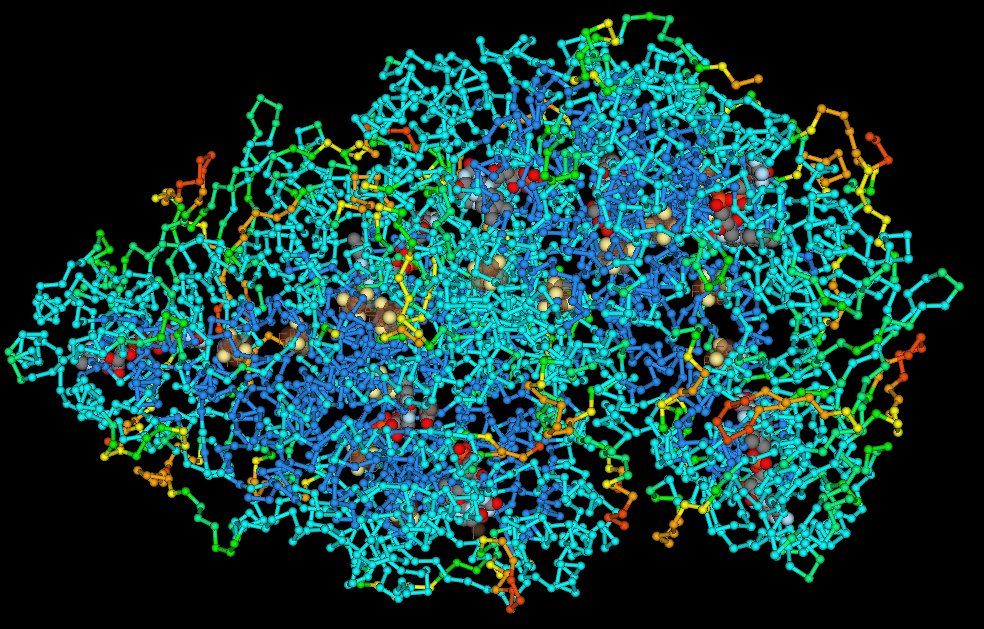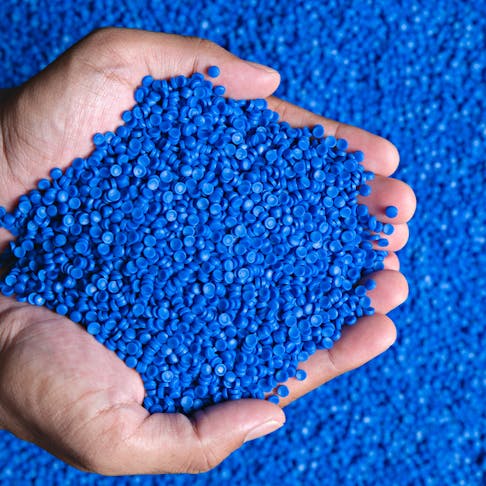High-Performance Polymers: Advanced Products for Industry
High-Performance Polymers: Advanced Products for Industry
Blog Article
Using the Power of Polymers: Recognizing the Considerable Usages and Favorable Influences
Polymers, with their varied chemical frameworks and residential properties, have come to be indispensable in various sectors, changing the method we communicate with products every day. From the product packaging that safeguards our food to the fibers that dress us, the applications of polymers are large and differed. Beyond their ubiquitous visibility lies a much deeper understanding of their positive influences, getting to far past mere ease. As we explore the extensive uses polymers and their function in shaping a more lasting, efficient, and ingenious future, it becomes obvious that their capacity is as substantial as the molecules themselves.
Versatility in Everyday Products
Polymers display impressive versatility in a wide range of everyday products, showing their indispensable role in modern-day society. From the adaptable plastic case of smart devices to the long lasting fibers in clothes, polymers have actually reinvented the way we communicate with items in our day-to-days live. Among one of the most common uses polymers remains in packaging products. Polyethylene, as an example, is extensively utilized in food product packaging due to its light-weight, long lasting, and moisture-resistant buildings. In addition, polymers play an essential duty in the vehicle market, where they are used in making lightweight elements that boost fuel effectiveness.
Additionally, polymers have found their method right into the health care market, with applications ranging from medical tools to medicine shipment systems. For circumstances, naturally degradable polymers are used in stitches and implants, lowering the threat of damaging reactions in patients (Polymers). In the building and construction sector, polymers are integrated into paints, adhesives, and insulation materials, boosting longevity and energy performance. Overall, the adaptability of polymers in everyday products emphasizes their value in driving advancement and boosting quality of life.
Sustainability in Product Innovations
With the ongoing focus on ecological awareness and source effectiveness, the emphasis moves in the direction of sustainability in product advancements, reflecting a growing commitment to responsible manufacturing practices across different sectors. In the last few years, there has actually been a noteworthy surge in the advancement of lasting products, particularly within the realm of polymers. These cutting-edge products are made to lessen environmental effect throughout their whole lifecycle-- from sourcing basic materials to disposal or recycling.
One considerable element of sustainability in product advancements is the principle of biodegradability. Naturally degradable polymers have amassed interest for their capability to break down normally into safe byproducts, minimizing waste and contamination. Furthermore, the use of recycled polymers obtained from post-consumer or post-industrial resources is gaining grip as a way of promoting a round economic climate and lowering dependency on virgin materials.

Enhancing Efficiency in Design
Enhancing performance article source in design needs a precise assimilation of innovative innovations and specific approaches to enhance performance and performance in different commercial applications. Polymers play a crucial role in this endeavor, using a vast array of advantages that boost the efficiency of engineering products and elements.
One key facet of enhancing efficiency in design is the ability of polymers to boost resilience and stamina. By incorporating polymers right into design styles, manufacturers can produce lightweight yet robust frameworks that can hold up against high levels of anxiety and strain. This characteristic is particularly valuable in industries such as aerospace, automotive, and building, where the demand for solid yet lightweight materials is vital.
Moreover, polymers can also improve performance by giving thermal and chemical resistance, reducing friction, and improving electric conductivity. These properties make polymers suitable for a large variety of design applications, consisting of seals, bearings, finishings, and electronic components. Polymers. By taking advantage of the one-of-a-kind residential or commercial properties of polymers, designers can optimize the efficiency of their styles and create a lot more reliable and trusted products
Effect On Medical Developments
Polymers have actually played a critical duty in modern-day medical innovations, varying from drug delivery systems to tissue engineering. One of the crucial areas where polymers have actually made a significant influence is in the growth of biodegradable stitches and implants.
Additionally, polymer-based products are increasingly being made use of in medical tools such as catheters, stents, and prosthetics as a result of their biocompatibility and flexibility. For instance, polymer next coverings on medical tools can protect against infections and improve general individual results. In addition, improvements in nanomedicine have enabled using polymer nanoparticles for targeted medication delivery, boosting the efficiency and minimizing negative effects of numerous medications
Role in Environmental Conservation

Furthermore, polymers are made use of in water therapy processes, assisting in the filtration and recycling of water sources. This aids in lowering water air pollution and making certain accessibility to clean water for both human intake and environmental health and wellness. Polymers additionally contribute in farming with the growth of naturally degradable composts and controlled-release plant foods, promoting lasting farming techniques.
Conclusion
Finally, polymers have shown to be a functional and vital material in numerous markets, from day-to-day products to design and medical innovations. Their effect on sustainability, performance improvement, and environmental conservation is substantial. Understanding the substantial uses polymers highlights their relevance in driving innovation and development in several fields. The ongoing expedition and application of polymers will most certainly cause more advancements and favorable influence on society.
Report this page